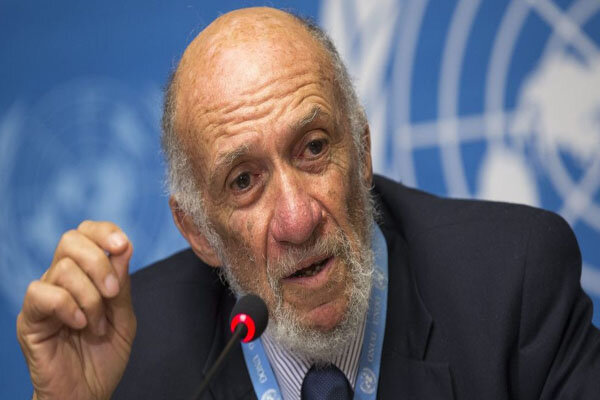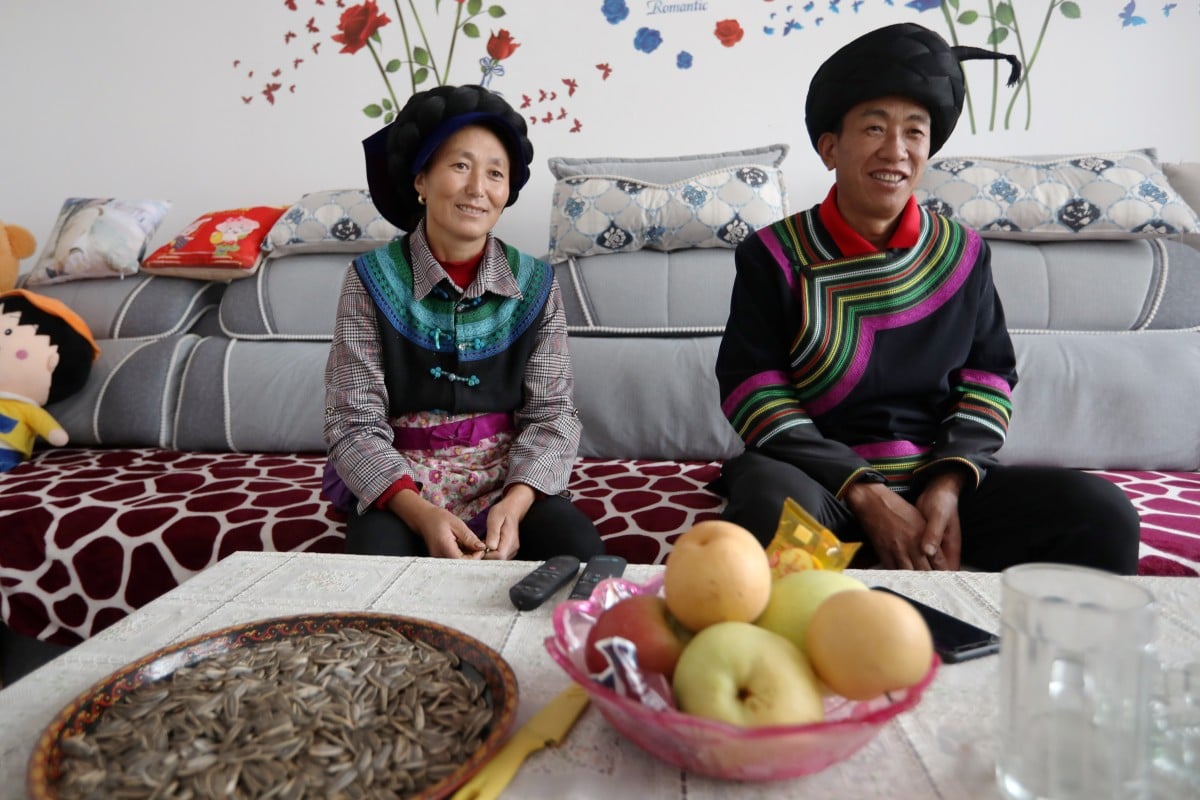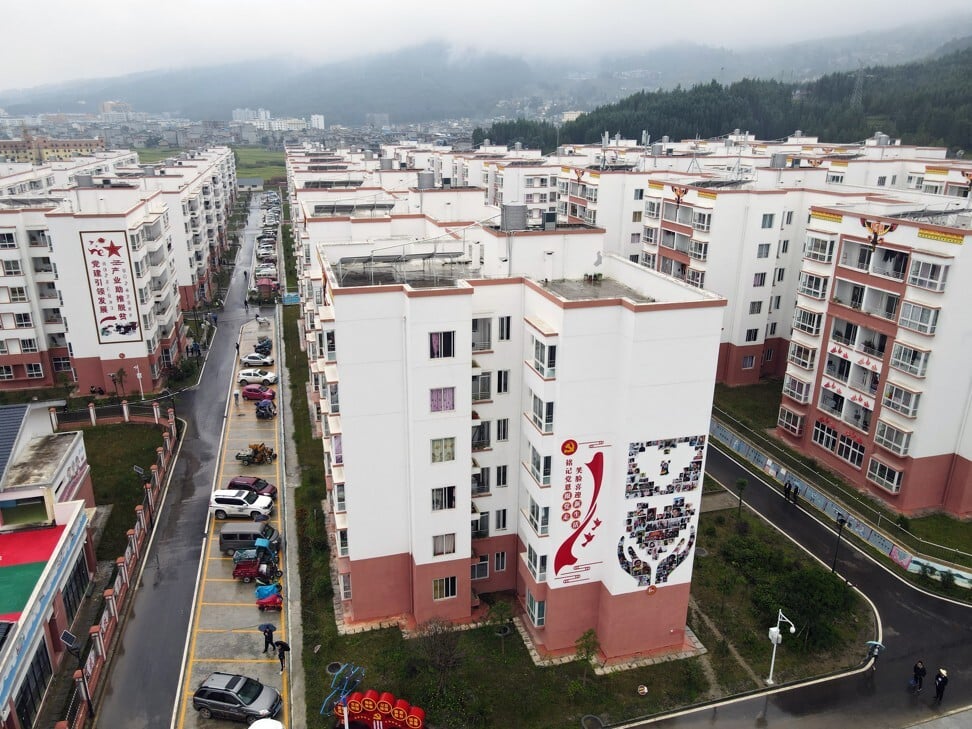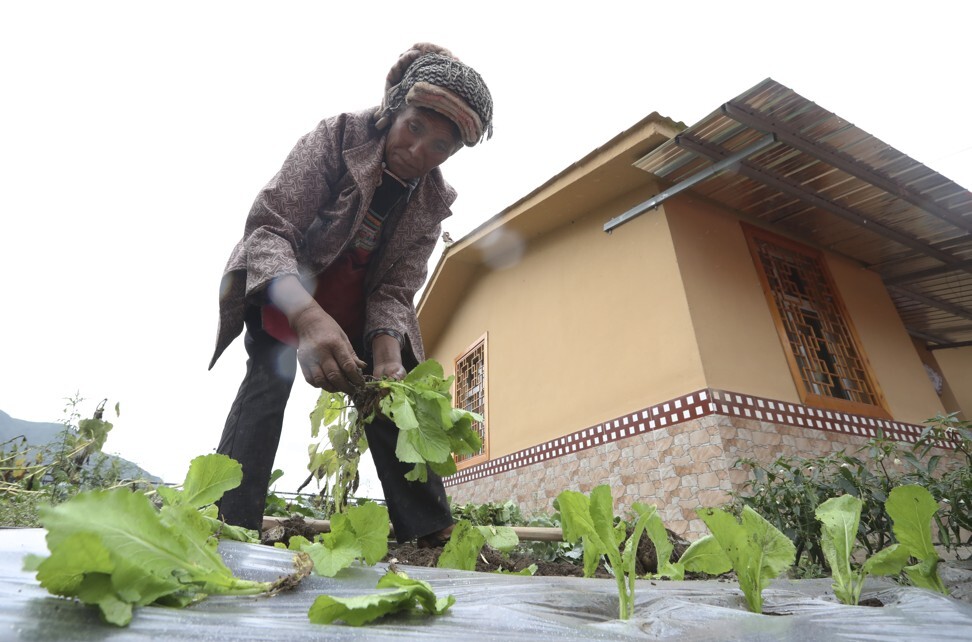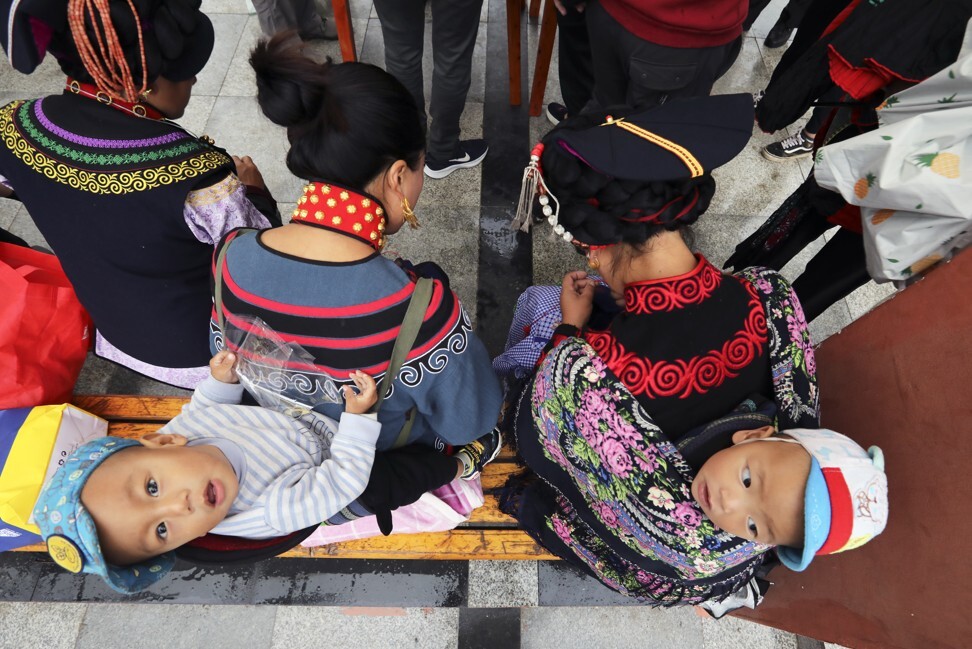STOP THE BLEED training has saved lives from Sierra Leone to Connecticut
Participants retained knowledge from the course and demonstrated a willingness to help in a bleeding emergency according to two new studies
VIDEO: STOP THE BLEED TRAINING HAS SAVED LIVES FROM SIERRA LEONE TO CONNECTICUT. view more
CREDIT: AMERICAN COLLEGE OF SURGEONS
CHICAGO: The STOP THE BLEED® course teaches a skill with lifesaving potential that is easy to learn and globally relevant. Two studies presented at the American College of Surgeons (ACS) Clinical Congress 2020 provide evidence that STOP THE BLEED® training is effective and has made a lifesaving difference around the world.
In one study, an hour-long STOP THE BLEED® course was taught to 121 nursing students at the Kabala Nursing School in rural Sierra Leone. After one year, a survey was administered to the participants to learn whether they encountered bleeding emergencies and whether they were able to administer bleeding control techniques. Seventy-six people responded to the survey, reporting a total of 190 encounters with life-threatening bleeding situations.
The most common injuries requiring a bleeding control intervention were motorcycle collisions (34 percent), knife wounds (19 percent), and car accidents (13 percent). Participants reported they most commonly used wound packing (41 percent), direct pressure (26 percent), and tourniquet application (20 percent). Because they were able to intervene, nearly all of the patients (94 percent) survived, with a majority (82 percent) reporting to the hospital for further medical care.
"People are getting basic medical knowledge, which is essential. With or without a medical background, they can apply this knowledge to save a life," said Samba Jalloh, MB, ChB, of the College of Medicine and Allied Health Sciences, Freetown, Sierra Leone.
In low-to-middle income countries (LMICs), access to health care can be sporadic and the burden of injury can be significant. The findings from this study provide evidence that STOP THE BLEED® training can be implemented in LMICs with sustained success in treating bleeding emergencies before a patient is able to be transported to a hospital.
"Here, there are a lot of risks. Transportation is not very safe, and hospitals can be far away from villages. Knowing how to stop the bleed is very important. People are using the skill to save lives," Dr. Jalloh said.
The researchers stressed that these findings demonstrate enormous lifesaving applicability of STOP THE BLEED® training in Sierra Leone. They noted that future studies should focus on the specifics of adapting bleeding control for use in other LMICs.
"With the efforts of Dr. Jalloh, the course became a mandatory component of house staff training in Freetown. Successful technique usage and course dissemination have encouraged us to think of ways to improve bleeding control training in the United States and abroad. These findings support further emphasis on lifesaving prehospital interventions and represent a great example of sustainable, bidirectional global surgical teamwork," said lead study author Vennila Padmanaban, MD, a surgical resident at Rutgers New Jersey Medical School, Newark.
In another study from researchers in Connecticut, STOP THE BLEED® course attendees demonstrated a strong proficiency of bleeding control knowledge after one year, and course participants, including previously untrained attendees, reported successfully applying hemorrhage control techniques to save lives.
"In our study, we had people as young as 14 and as old as 64 report that they used bleeding control skills. Eight of these people had not undergone any previous training in bleeding control and seven of the people who used the skills did not work as a first responder or in a health care setting," said lead study author Jeremy Fridling, a fourth-year medical student at the Frank H. Netter MD School of Medicine at Quinnipiac University, North Haven, Conn.
The researchers tracked 1,030 STOP THE BLEED® course attendees, administering surveys before and after the course, as well as six and twelve months later. Of the respondents, 31 participants (8.4 percent) applied bleeding control skills to live victims, with 29 (93.5 percent) reporting a successful outcome.
In the post-course surveys, the average response was between "agree" and "strongly agree" for confidence in knowledge and skills. Notably, the average response (on a 1-5 scale) significantly increased from pre (4.1) to post (4.6), six-month (4.4), and twelve-month (4.5) for willingness to treat a victim with serious bleeding.
"This study is a validation that regular, ordinary people--if you train them and give them a chance and empower them to do a public good and stop bleeding--can stop bleeding with a successful outcome," said study coauthor Lenworth Jacobs, MD, MPH, FACS, professor of surgery, University of Connecticut, and Medical Director, ACS STOP THE BLEED® program.
###
Coauthors of the Sierra Leone study are Vennila Padmanaban, MD; Umaru Barrie, BS; Jeremy Badach, MD; Peter Johnston, MD; Wei Wei Zhang, MD; and Ziad C. Sifri, MD, FACS.
Mr. Fridling and Dr. Jacobs' coauthor of the Connecticut study is Richard Feinn, PhD.
"FACS" designates that a surgeon is a Fellow of the American College of Surgeons.
Citation: Bleeding Control Training in West Africa: One Year of Encounters, Interventions and Outcomes. Scientific Forum. American College of Surgeons Clinical Congress 2020.
Citation: Lives Saved and Public Empowerment One Year Following Bleeding Control Training. Scientific Forum. American College of Surgeons Clinical Congress 2020.
About the American College of Surgeons
The American College of Surgeons is a scientific and educational organization of surgeons that was founded in 1913 to raise the standards of surgical practice and improve the quality of care for surgical patients. The College is dedicated to the ethical and competent practice of surgery. Its achievements have significantly influenced the course of scientific surgery in America and have established it as an important advocate for all surgical patients. The College has more than 82,000 members and is the largest organization of surgeons in the world. For more information, visit http://www.




